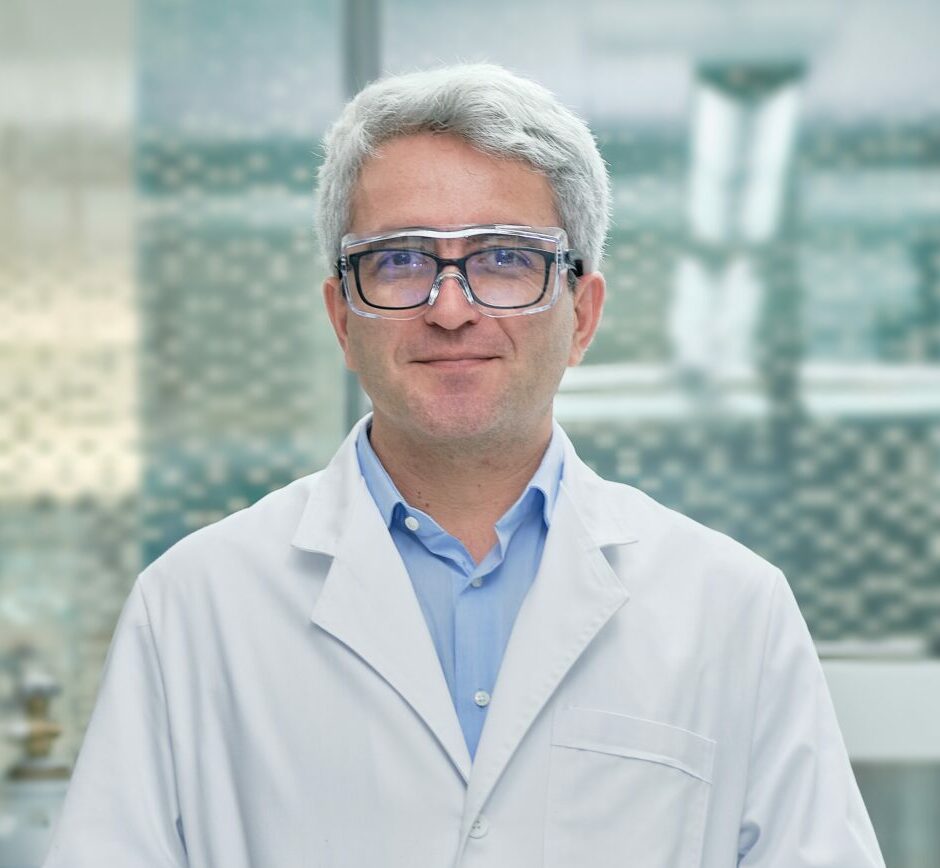Chemistry | Material Science and Engineering
A better way to create space
High-strength but low-density mesh-like polymers with applications in adsorption are synthesized using a simple new method.
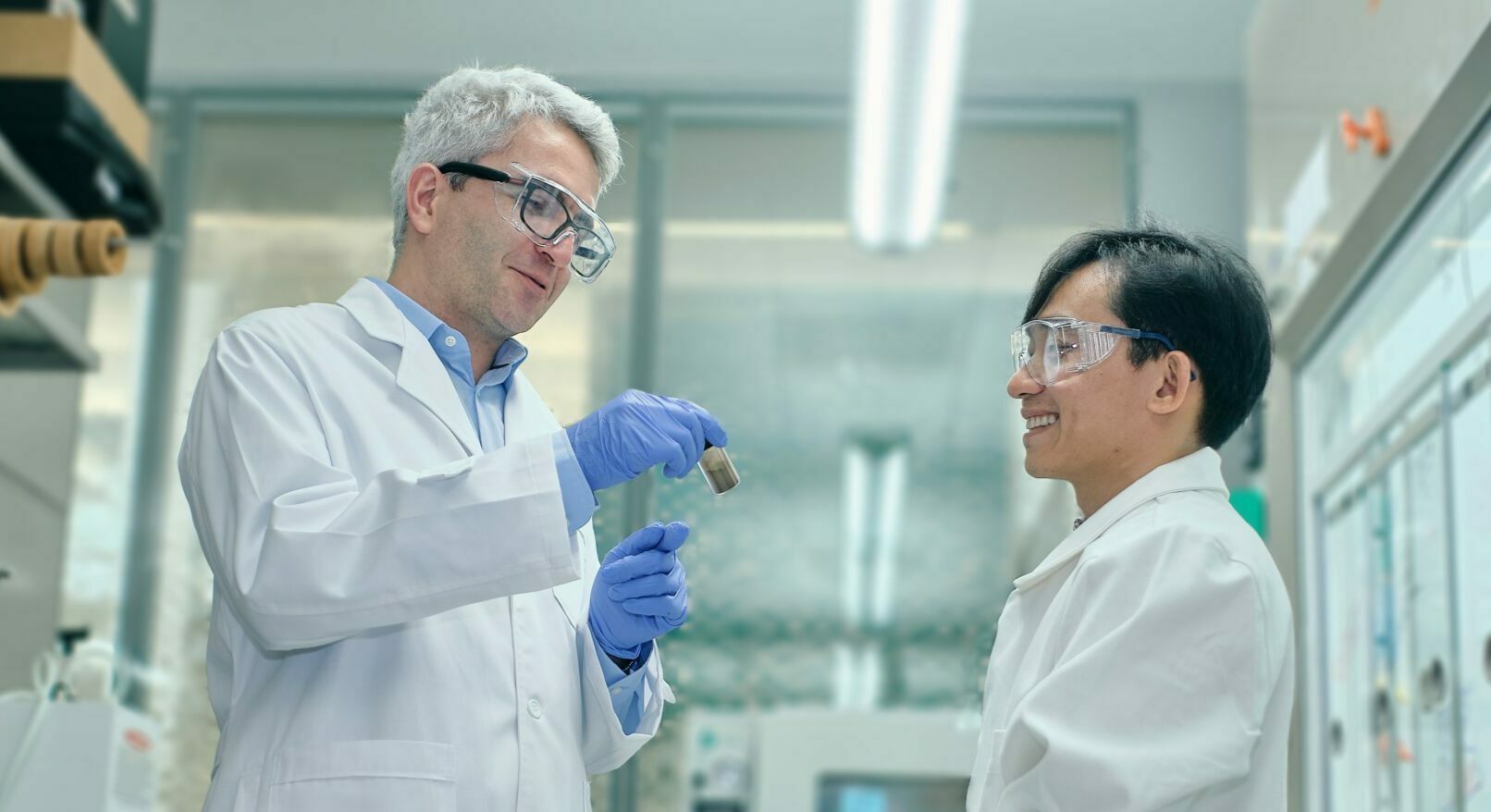
A facile technique for reproducibly creating Swiss-cheese-like nanomaterials has been developed by researchers at KAUST. This material, and the method required to create it, could help in the development of further advanced materials with applications in photocatalysis and optoelectronics.
Porous materials are low-density solids characterized by having a lot of empty space within the bulk of the substance. These voids give porous materials a very large surface area, which is excellent for adsorbing other chemicals and acting as an enhanced catalyst for chemical reactions.
Porous organic polymers, or POPs, have shown particular promise for these applications because of their high porosity and their chemical and thermal stability, as well as the flexibility to tailor chemical response to capture specific target molecules and enhance selected reactions.
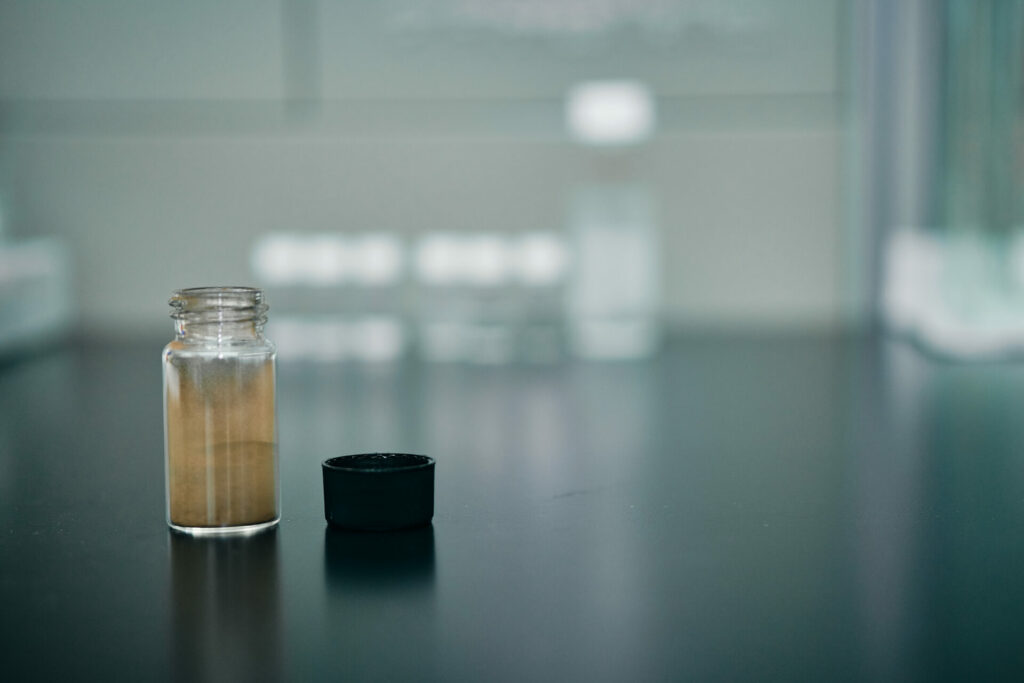
Cafer Yavuz and colleagues from KAUST, collaborating with co-workers from Korea and the U.S., have demonstrated a simple “one-pot” catalyst-free process for creating a highly porous POP called poly(aryl thioether)[1]. “We’ve shown that polyarylthioethers can be produced simply from sodium sulfide and perfluorinated aromatics,” says Yavuz. “We believe that we have uncovered a powerful strategy that went against common understanding and could be used to build sulfur-based materials in a tunable fashion.”
Poly(aryl thioether)s are made up of perfluorinated aromatic compounds bound together by sulfur linkers. One of the challenges in reproducibly creating the material is that the sodium sulfide can react with the perfluorinated aromatic compounds at a few different atomic sites: this means that a single reaction can create a combination of differing structures.
Yavuz and the team created their poly(aryl thioether) using a technique known as polycondensation. They show that through careful temperature control, they can ensure the formation of bonds at a particular atom over other possible atoms. This prevented random crosslinking and enabled a high level of control over the material’s porosity.
They also demonstrated that the resultant porous organic polymer had a pore size of less than a nanometer and exhibited a high surface area of up to 753 square meters per gram of material. The team was able to demonstrate the utility of the substance by using it to remove organic micropollutants and toxic mercury ions from water.
“We would like to now prepare large-scale batches and provide these new porous materials for electronic or photocatalytic applications,” says Yavuz. “For this, we will be working with the electronics industry and water treatment facilities.”
Reference
- Kim, D., Nguyen, T.S., Lee, H., Bayarkhuu, B., Rozyyev, V., Byun, J., Li, S. & Yavuz, C.T. Covalent scrambling in porous polyarylthioethers through a stepwise SNAr for tunable bandgap and porosity. Angewandte Chemie International Edition 62, e2023043 (2023).| article
You might also like

Material Science and Engineering
Electron movie guides design of layered perovskite materials
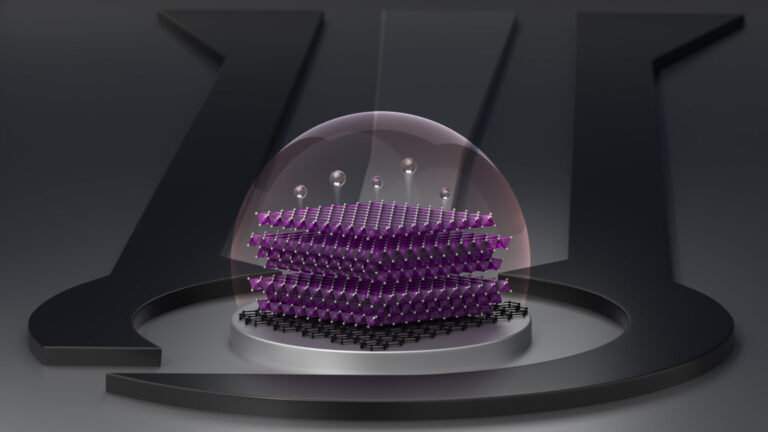
Material Science and Engineering
Remote region sensor for essential vitamin deficiency
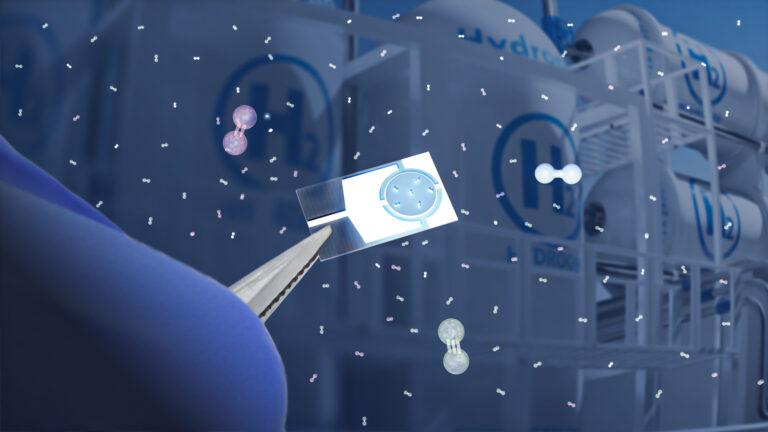
Material Science and Engineering
Low-power hydrogen sensor detects leaks in an instant

Material Science and Engineering
Illuminating pathways to long-lived organic solar cells
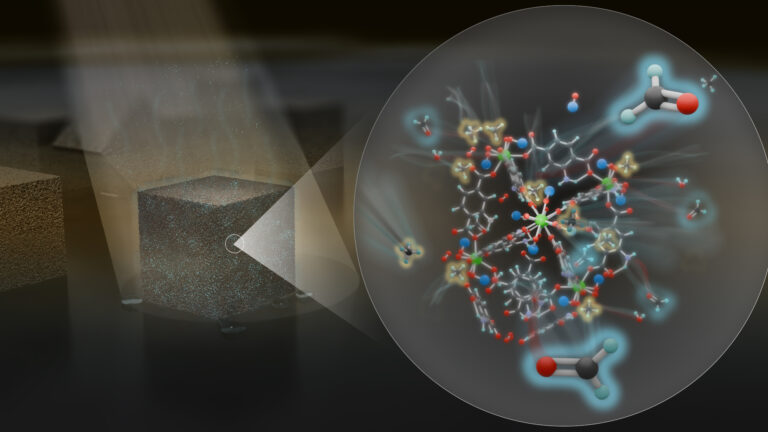
Chemistry
Maximizing methane

Chemistry
Beating the dark current for safer X-ray imaging

Chemical Engineering
Net benefits for advanced materials design
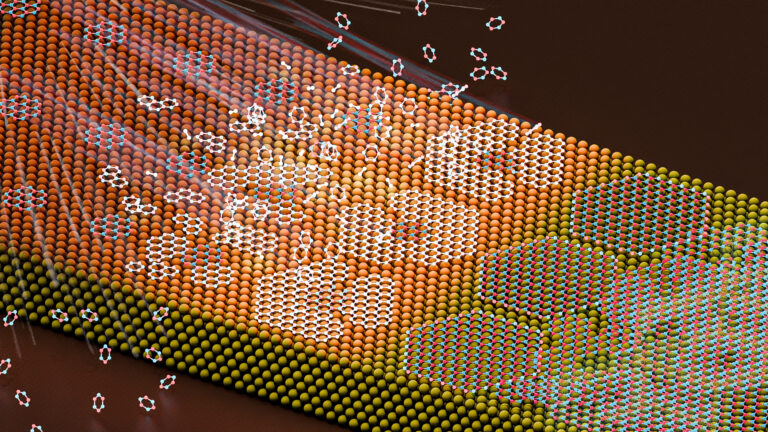
Material Science and Engineering




